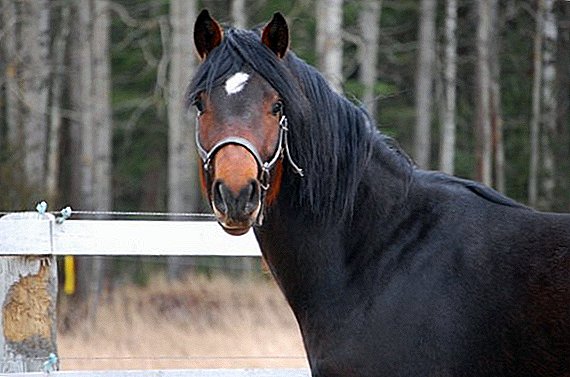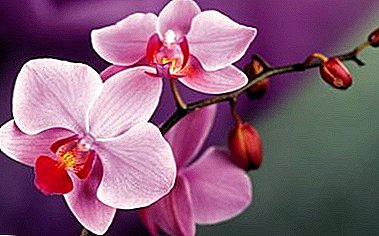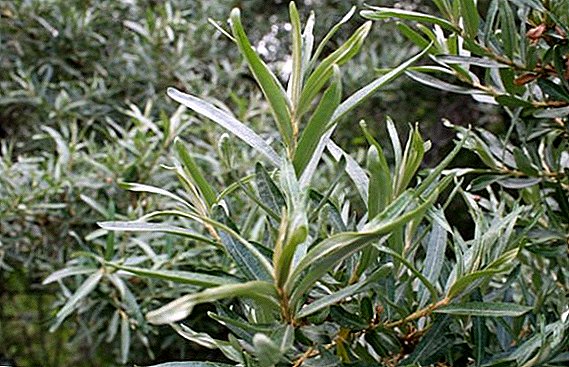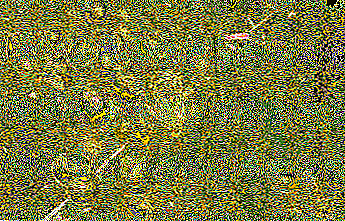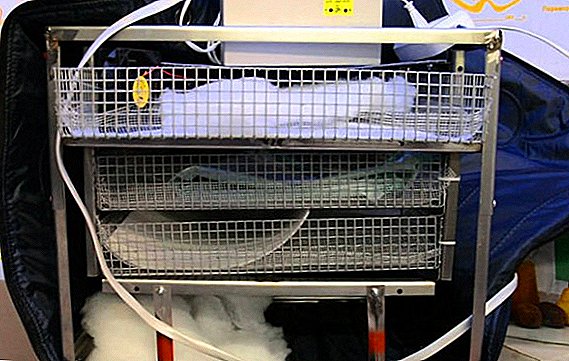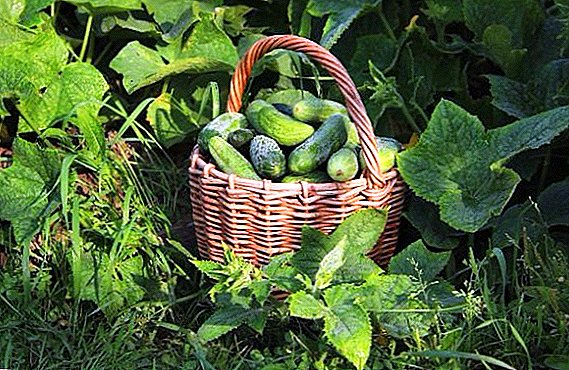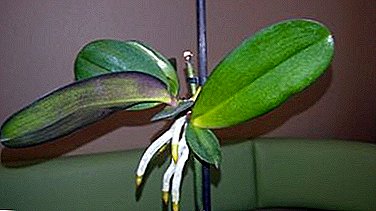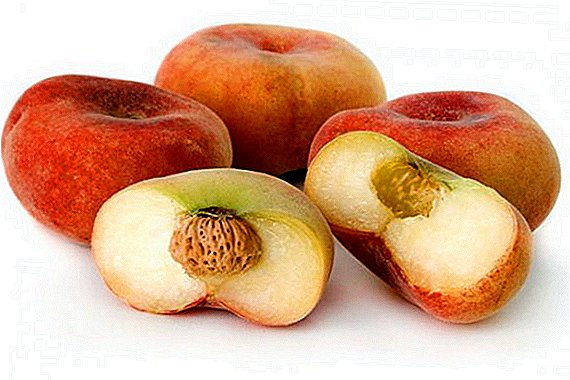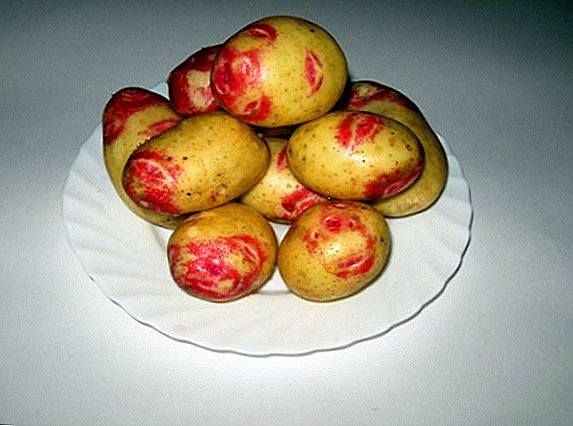 Potatoes are a perennial herb of the Solanaceae family. Homeland - South America. Such a dry characteristic can not convey the level of popularity of all your favorite product. Belarus, for example, is directly associated with this wonderful tuber. Potatoes are cultivated for hundreds of years, so that there are a huge number of its varieties. Holland is one of the recognized leaders in the breeding world; it is this small state that is the birthplace of Picasso potato, which will be discussed.
Potatoes are a perennial herb of the Solanaceae family. Homeland - South America. Such a dry characteristic can not convey the level of popularity of all your favorite product. Belarus, for example, is directly associated with this wonderful tuber. Potatoes are cultivated for hundreds of years, so that there are a huge number of its varieties. Holland is one of the recognized leaders in the breeding world; it is this small state that is the birthplace of Picasso potato, which will be discussed.
Variety description
Potatoes varieties "Picasso" - late ripening, full ripening of which occurs in 115-130 days after the first shoots. Popular names - "Ivan-da-Marya", "Lemon", "Lyska" and others. The commercial quality tuber weighs in the range of 80-150 g. The tubers have a yellow-pink color, because of this color this variety got its name. It is well stored, has a high yield, an average of 20 tons per 1 ha, and in some cases - 2-2.5 times more. Tall lush bush with white flowers and dark green tops.
Did you know? Every year in the world consume more than 7 million tons of french fries.A small starch content in a mature tuber (up to 12%) makes Picasso potatoes a completely dietary variety, if such a concept is generally applicable to this product. Such characteristics add popularity: excellent taste, possibility of long storage (potatoes purchased in autumn will not germinate by the middle of winter), adaptability to our climatic conditions and excellent transportability. It is safe to say that this variety has acquired from us its strongest admirers and has the most favorable reviews about itself.
Features grade
When describing potato varieties "Picasso" it is worth noting resistance to viruses A and YN types, Colorado potato beetle, nematode, and late blight and scab. Agree, on such excellent protective qualities of this grade farmers and agricultural enterprises could not but pay attention. Add to this the aforementioned tolerance to the vagaries of the weather, unpretentiousness to the soil, good portability of transportation, keeping quality and a small loss during storage, and you can understand why Picasso is one of the most popular potato varieties in our strip.
Such potato varieties as “Luck”, “Kiwi”, “Impala”, “Lorch”, “Zhuravinka”, “Ilyinsky” and “Irbitsky” are quite popular.
Landing
Due to its unpretentiousness and disease resistance characteristics, Picasso potatoes have very positive reviews. This variety can be found almost throughout Europe. There are a few simple landing rules that you want to know. Approximately 30-45 days before planting, it is necessary to conduct a visual inspection of the planting material, remove the spoiled tubers.
Did you know? Conquistador Pedro Cieza de Lyon was not only the first in Europe to describe potatoes in his work "Chronicles of Peru", but also delivered a root vegetable to Europe.Material suitable for planting should be taken out to a bright place with an air temperature not lower than +10 ° C, and better than +15 ° C. This is necessary for the pre-germination of tubers. Approximately in two weeks sprouts will start to appear, and from them the root system will break through. On one tuber germinates about 6-8 eyes to a height of 20 mm. Before planting, it is desirable to treat the tubers with any available growth stimulant (Zircon, Appin, Poteytin, Mikon). In addition to its direct function of stimulating growth, these funds will help the tubers to adapt in the soil rich in mineral fertilizers and will create additional protection against pests.

Important! You can not plant potatoes in the soil where they grew eggplants, peppers, cucumbers, tomatoes and potatoes last season!The usual landing time is spring. There is an interesting folk method for determining the time of planting - this is the time of leaf blooming on a birch. The main indicator for the onset of planting time is soil moisture. The "heavier" the soil, the less deep is the groove for planting. In order to avoid scab, it is not possible to fertilize the soil with manure or lime before planting. The recommended landing frequency is as follows:
- distance between rows - 0.7 m;
- distance between the bushes - 0.4 m;
- the depth is 0.1 m (although this figure, as mentioned above, depends on the soil).
Care
Description of potato varieties "Picasso" will not be complete, if not to mention such a nuance: it is quite demanding on soil aeration, watering and feeding. Moreover, at different stages these procedures should be carried out in different ways:
- Before the appearance of the buds. Watering - 1 time per week (10 liters / sq. Meter). A week after planting - loosening, doing up to three hilling. Top dressing with manure (1 part of manure on 15 parts of water).
- Budding and flowering. Watering - 1 time per week (20-30 liters / sq. Meter). Last hilling done before budding, height - 20 cm. It will not prevent mulching between rows. At the very beginning of flowering, top dressing with ashes and superphosphate (2-3 tablespoons per bucket of water, consumption - 1 liter per 1 m).
- After flowering, we restrict ourselves only to watering 2 times a month (10 liters / sq. Meter).
 You can plant garlic next to potatoes, its smell will scare away pests. Colorado potato beetle - the scourge of any potato variety, "Picasso" is no exception!
You can plant garlic next to potatoes, its smell will scare away pests. Colorado potato beetle - the scourge of any potato variety, "Picasso" is no exception!Important! It is possible to spray potatoes from the Colorado potato beetle only before the plant begins to bloom!Do not forget about this type of struggle with the Colorado potato beetle, as a manual collection. You can spray the tops of potatoes with wood ash at the rate of 10-15 kg of ash per 1 hundred.
Harvesting
Collection is usually in the middle of September. 150 days after planting the potato tops completely die off. A little earlier, after it dries and turns yellow, you can start harvesting. To keep the harvest longer, you need to collect it in dry weather. It is necessary to focus on the average daily temperature - + 10 ... +15 ° C. Do not dig up the bushes with green tops, it is - an indication that the tubers are still ripening. If you want to collect additional buckets from the weave, do not rush, let the bush ripen. Although an important indicator - the weather! Many gardeners in a hurry to have time to harvest before the autumn rains.
Did you know? Solanine - an alkaloid contained in the fruits of potatoes, is a natural fungicide and insecticide.Right in the garden, dug tubers are left to pre-dry for several hours. Then carefully, in order not to damage the surface, it is necessary to clean the tubers from the ground and reject spoiled. But to do it right away will not work. It is necessary to let the crop lie in a dry, cool place for a week, then reject bad tubers that could spoil the whole crop. The ideal place to store potatoes is the basement or cellar, where the air temperature does not exceed +4 ° C. If you store potatoes in bulk, it is desirable that the height does not exceed 1 meter. But it is better and more convenient to store in bags or nets, especially when there is little harvest. It’s worth thinking about planting material for next year right away. The tubers left for this purpose do not need to be removed to the basement, they need to be left in the light for greening.
 Greens are carried along by solanine - a poisonous alkaloid contained in fruits (not to be confused with tubers!) Potatoes. It is a natural poison for rodents and an excellent preservative that will help your planting material to safely reach the next spring. So, now you have a more complete picture of the characteristics, descriptions and recommendations for growing, harvesting and storing Picasso varieties. This variety was known to many people for a long time by other names. “Ivan da Maryu” has been asked in the markets for a long time and often for its taste and quality. After reading the article, you know what caused this popularity. If you are an amateur gardener, we hope our advice and recommendations will help you on your summer cottage.
Greens are carried along by solanine - a poisonous alkaloid contained in fruits (not to be confused with tubers!) Potatoes. It is a natural poison for rodents and an excellent preservative that will help your planting material to safely reach the next spring. So, now you have a more complete picture of the characteristics, descriptions and recommendations for growing, harvesting and storing Picasso varieties. This variety was known to many people for a long time by other names. “Ivan da Maryu” has been asked in the markets for a long time and often for its taste and quality. After reading the article, you know what caused this popularity. If you are an amateur gardener, we hope our advice and recommendations will help you on your summer cottage.

